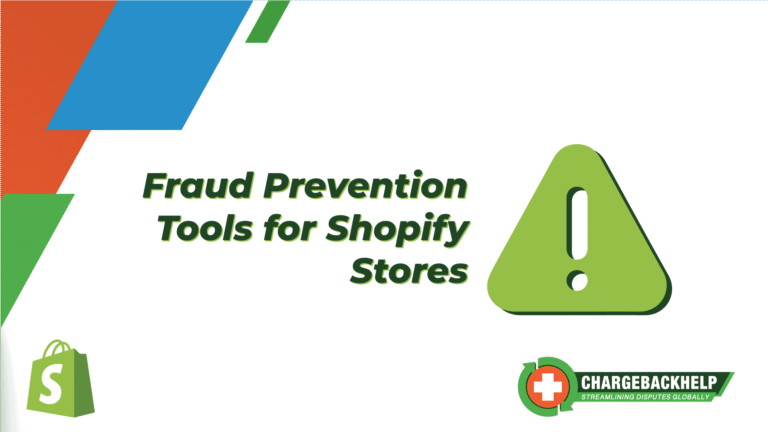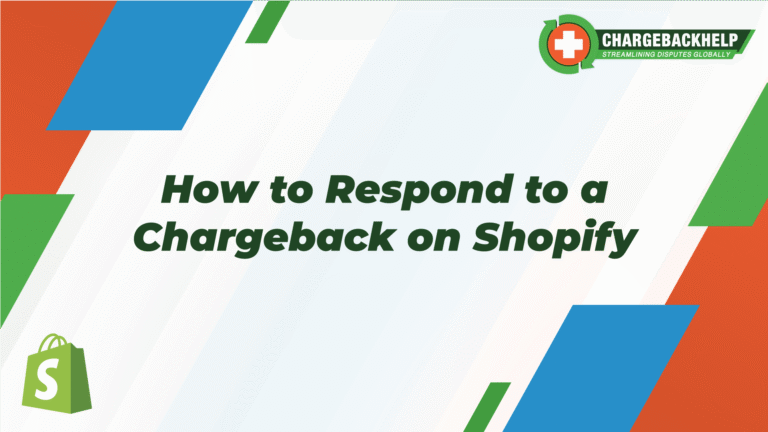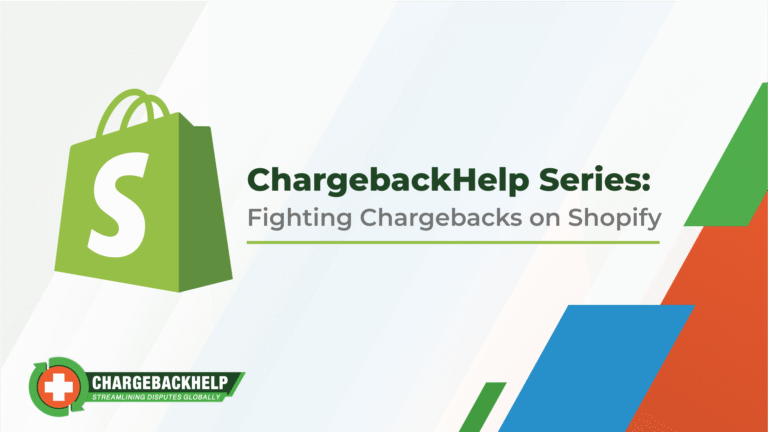Why Chargebacks Rise as Your Shopify Store Grows

What changes when order velocity climbs
Growth brings more orders, more customers, and more touchpoints. That is obvious. The less obvious part is how tiny gaps widen under load. A policy that worked fine at a few hundred orders can crack at a few thousand. Small exceptions turn into patterns. Edge cases stop being edges. Simple tasks need structure. You start feeling the friction in refunds, replacements, and response times. And that is where disputes begin.
The math you feel first
Even if your dispute percentage stays flat, the raw number will rise with volume. Ten disputes a month can become fifty without any change in rate. That alone stretches your team. It also changes how issues stack up during busy periods. A short delay in investigating one order can spill into the next ten. Queues grow fast. So does customer frustration.
New fraud patterns find you
Visibility is a magnet. As your brand and traffic increase, you attract more first party and third party fraud attempts. Low friction checkout is great for conversion, yet it can quietly raise exposure if rules never evolve. Fraud that never showed up at lower volume might pass screening now. Watch for order bursts from new devices, repeated declines followed by a small approval, and fresh shipping addresses linked to high value SKUs. These patterns often arrive together as you scale.
Operational strain creates avoidable disputes
More orders mean more handoffs. More carriers. More agents. More reasons a small mistake becomes a dispute. Two common examples stand out. First, fulfillment errors that were rare now happen daily, like address mismatches or SKU swaps. Second, communication gaps. If order status emails lag or tracking numbers fail to update, customers go to their bank. Not always out of malice. Often out of confusion. Clean handoffs between systems reduce that drift.
Customer expectations shift as you grow
Early customers tend to be patient and loyal. Later stage buyers compare you to the largest players. They expect fast shipping, clear timelines, and easy returns. If post purchase messaging is thin or policies feel hidden, disputes rise. Plain language helps. So does repetition in the right places. Confirmation, shipment, delivery, and follow up. Short, clear, and timely. This is not about copywriting flair. It is about setting accurate expectations.
More channels, more places for confusion
Growth often means adding marketplaces, social commerce, and new payment methods. Each one introduces its own rules, timestamps, and reference numbers. When those details do not match across systems, a simple inquiry can escalate. For the same reason, billing descriptors matter more as you scale. Make them easy to recognize. Make support hours and contact paths easy to find. Recognition lowers the odds that a confused customer files a dispute.
Metrics that matter for growing Shopify stores
You do not need a hundred charts. A handful of stable signals will do more than a noisy dashboard. Aim for clarity and speed.
- Dispute to transaction ratio by week and by channel
- Dispute reason mix over time with a short narrative on changes
- Time to customer first response for orders that later disputed
- Refund latency from initial complaint to completed refund
- Repeat dispute rate by customer and by product family
Short notes next to each trend help your team see cause and effect. Keep the notes honest. If shipping delays caused a spike, label it. If a new checkout tweak lowered fraud, say that too. Simple, straight talk builds better fixes.
Practical moves for the next 60 days
- Tighten post purchase messaging
Send confirmation, shipment, and delivery messages that set timelines in hours and days, not vague ranges. Repeat return rules in plain language. Link to a live status page. Clarity lowers anxiety. - Audit your refund pathways
Map every way a customer can request a refund. Remove dead ends. Shorten approval steps. Faster refunds cut off many disputes before they start. - Revisit fraud rules with fresh data
Pull the last ninety days. Look for new device fingerprints, unusual velocity patterns, and address clusters. Adjust rules in small steps. Recheck the impact weekly. - Standardize evidence capture
Save the same set of order, device, and delivery fields for every transaction. Consistency speeds internal reviews when questions come in. - Add a small exception budget
Allow agents to resolve borderline cases quickly within a defined cap. Measured flexibility often beats a rigid path that leads to the bank. - Stress test your queues
Simulate a two times surge in order and ticket volume. Identify where response times break. Fix the bottleneck you can eliminate in one sprint. Then repeat.
Common triggers you can remove
Unrecognized descriptors lead to avoidable disputes. So do missing delivery scans and unclear return windows. Late replies push customers toward their bank. Mixed tax or fee displays create surprise. If any of these sound familiar, start there. Small fixes compound.
A note on policy changes
Policies created for a small catalog may not scale to a broad line. Consider how returns, exchanges, and replacements work when volume rises. Free returns for every order can backfire if abuse picks up. On the other hand, requiring pre approval for every return can slow things down. Right size the rules. Review quarterly during growth. Then document the change so your team knows the path.
Make the next spike less painful
Surges will happen. Holidays, social wins, promotions, and product launches all drive sharp peaks. Build a simple playbook now. Who watches dispute queues. Who can approve fast refunds. Which orders to hold for manual review. Which orders to green light with confidence. A one page plan prevents scramble during crunch time.
Where this series goes next
In the next articles we will dig deeper into channel specific risks, practical evidence standards, and how to tune fraud and customer experience without hurting conversion. For now, pick one metric to improve and one friction point to remove. Small, steady changes win here.






